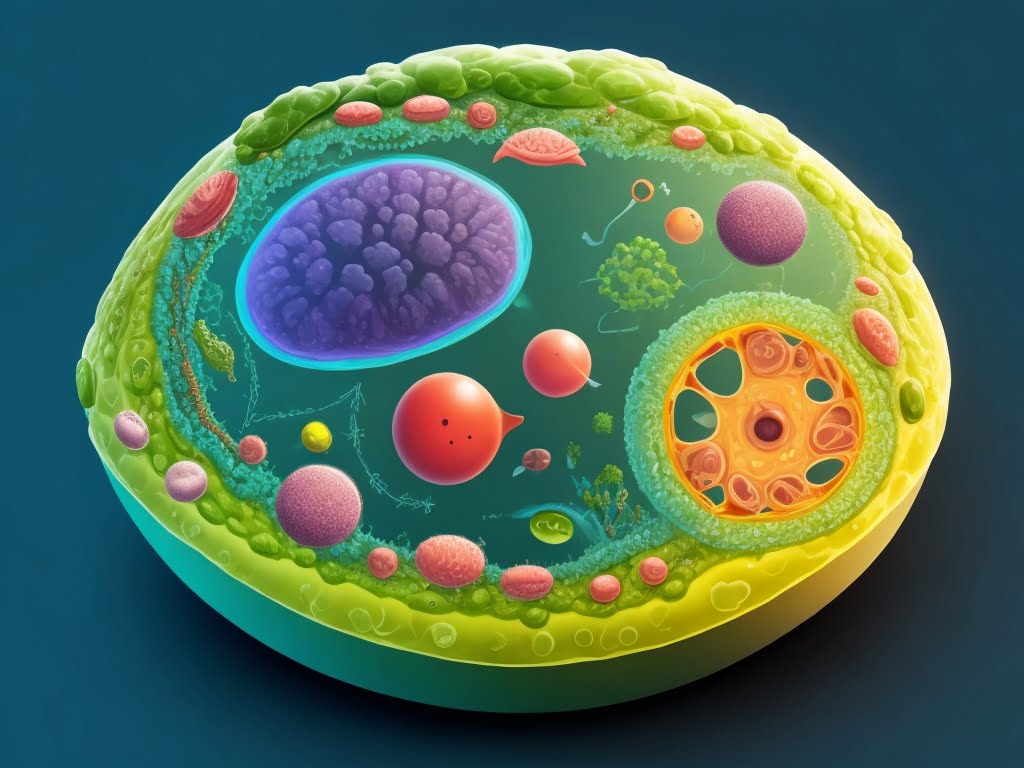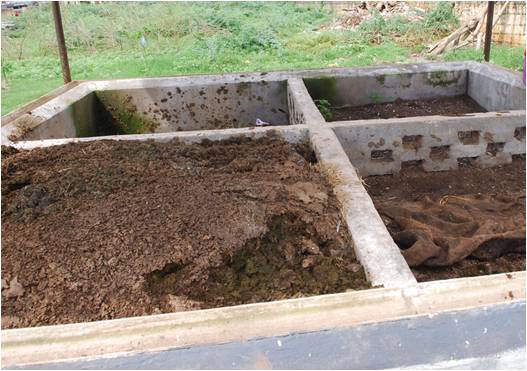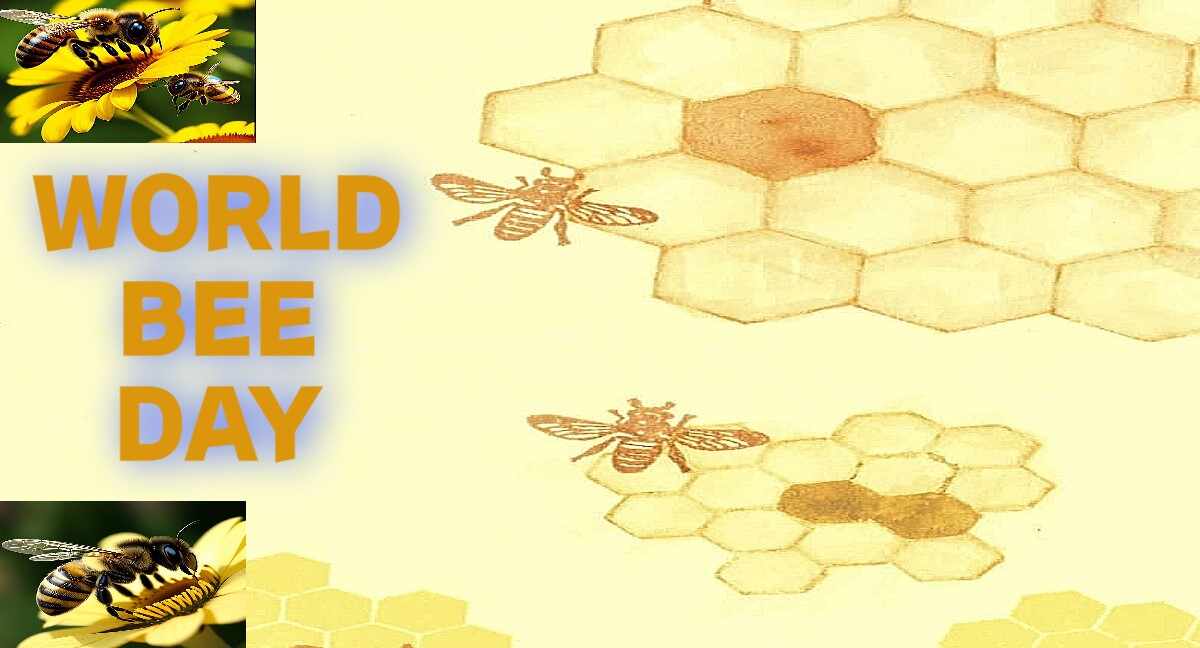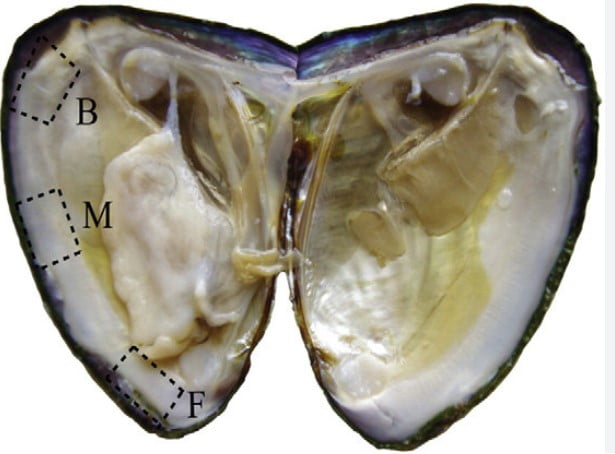Lac Culture: Lac culture in India is an important traditional agro-based industry. Lac is a resinous substance secreted by insects of the Laccifer lacca species, commonly known as lac insects. The lac used in various industries including food, pharmaceuticals, cosmetics, and dyes. The lac insect is parasitic in nature and feeds on specific host plants. The lac insects are primarily cultivated on specific host plants, which provide them with a suitable environment for their growth and development. The lac insects have more than one host plant. The selection of suitable host plants for the cultivation of lac is of more importance. For the establishment of lac industry one we should know well about the topographic region and climatic conditions for the growth of host plants which are suitable for that particular area. According to Brun (1958), has mentioned that total 113 varieties of host plants are found in the geographical Indian regions including Burma and Pakistan. Out of these 113 host plants only 14 are the very common in India which are as follows.
Important Host Plants for Lac Culture in India
Some of the important host plants for lac culture in India include:
Kusum (Schleichera oleosa): Kusum is one of the primary host plants for lac culture in India. It is a medium-sized deciduous tree found in various parts of the country. The branches of the kusum tree are commonly used for lac cultivation.
Palas (Butea monosperma): Palas, also known as the flame of the forest, is another important host plant for lac culture. It is a medium-sized deciduous tree with bright orange-red flowers. The palas tree is widely distributed in India and is known for its economic significance in lac production.
Ber (Ziziphus mauritiana): Ber, commonly known as Indian jujube or Indian plum, is a small deciduous tree found across India. It is a preferred host plant for lac cultivation in some regions. The branches of the ber tree are suitable for the growth and development of lac insects.
Babul (Acacia nilotica): Babul, also called Indian gum arabic tree, is a thorny tree widely distributed in India. It is used as a host plant for lac culture, particularly in the central and western regions of the country. Babul branches provide a favorable environment for lac insect colonization.
Arjun (Terminalia arjuna): Arjun is a large deciduous tree native to India. While it is primarily known for its medicinal properties, it is also utilized as a host plant for lac cultivation. The arjun tree is commonly found in central and northern parts of the country.
Dhak (Butea monosperma): Dhak, also known as palash or tesu, is a medium-sized deciduous tree found in various parts of India. It is widely used as a host plant for lac cultivation, particularly in the northeastern states of India. Dhak trees provide a suitable habitat for the lac insects and contribute to lac production.
Bamboo: Certain species of bamboo are also used as host plants for lac culture. Bamboo branches are pruned and inoculated with lac insects to promote the growth of lac resin.
These are some of the important host plants for lac culture in India. The choice of host plant depends on factors such as geographical location, climate, availability of host plants, and market demand for lac products. Lac cultivation provides livelihood opportunities to a large number of rural communities in India and contributes to the country’s lac-based industries.
Some of the other host plant also important in India for Lac culture:
Common Name Scientific Name
- Ghont –Zizyphus xylopyra
- Khair –Acacia catechu
- Peepal –Ficus religiosa
- Gular –F. glomerula
- Pakapi –F. virens
- Putkal – F. globella
- Mango –Mangifera indica
- Sal –Shorea robusta
- Shisham – Dalbergia sisso
- Fig –Ficus carica
The quality of lac is directly depends with the quality of host plants. Therefore far no artificial product has been able to restore the lac. Babul, Kusum and Khair has give the better quality of lac when sown directly in the field. But Ber, Ghont and Palas has give good crop when they are first sown in nursery and then transplanted to the lac growing field. Ber and Palas produce the particular type of lac which is called as
‘Kusmi Lac’.
Kusumi lac
- Lac is directly related to the host plant and to the strain of lac insects sps.
- Based on industrial parameters, kusumi lac is better and fetches a higher price in the market.
- In this respect, Ber tree as a potential kusumi lac, host is already getting momentum.
- These host species are available in plenty and can supplement and fulfill the kusmi brood lac requirement in many areas.
- Similarly, siris, large spreading old world tree (Albizzia sp.) has also been identified as a good host for kusumi brood lac.
- The trees can be raised or grown and it utilized within a period of 5 to 6 years of plantation in comparison to around 15 years of kusum.









